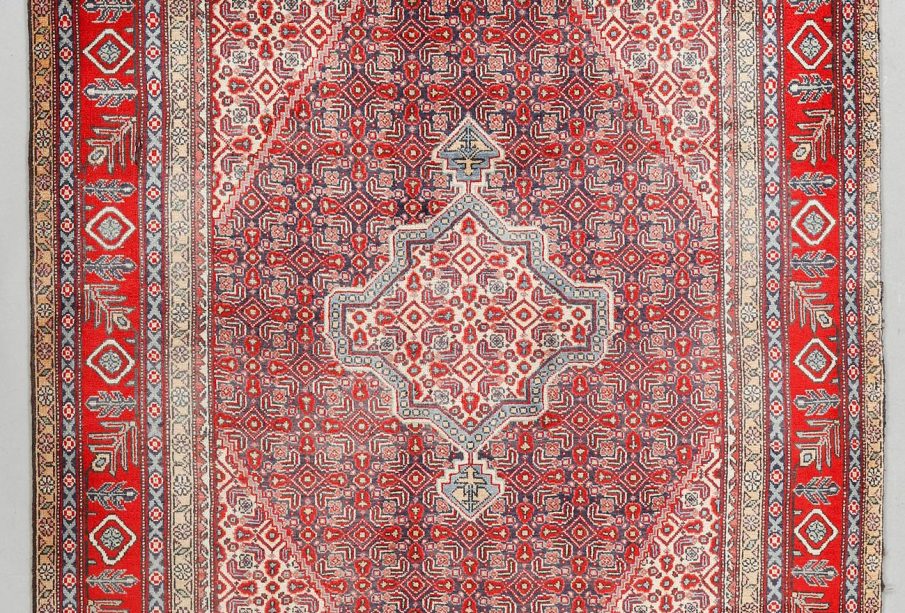The Enduring Legacy of Persia in Modern Times

Introduction
Persia, known today as Iran, possesses a rich historical tapestry that has significantly influenced cultures across the globe. Its legacy encompasses profound contributions to art, science, philosophy, and governance. Understanding Persia’s history is indispensable for appreciating not only the progression of this nation but also its impact on contemporary society.
The Rise and Influence of Persia
The Achaemenid Empire, established in the 6th century BCE, marked the first great Persian Empire, known for its architectural grandeur and administrative efficiency. Under the reign of Cyrus the Great, Persia expanded to become one of the largest empires of the ancient world. Key achievements included the establishment of an extensive system of roads and the adoption of the Aramaic script, which fostered communication and trade across diverse territories.
During the era of the Achaemenids, Persia became a melting pot of cultures, creating a legacy of tolerance and inclusiveness that helped shape subsequent empires. The capital city of Persepolis showcased remarkable artistry and engineering, symbolising the grandeur of the Persian Empire.
Persia’s Cultural Contributions
Beyond politics, Persia’s contributions to art, literature, and science are notable. The poetry of Rumi and Hafez continues to resonate around the world, influencing literature and philosophy. Persian carpets, vastly admired for their intricate designs and craftsmanship, embody the aesthetic values of Persian culture.
Moreover, Persian mathematicians and scientists made significant advancements, particularly in fields like astronomy and medicine, impacting both the Islamic Golden Age and Western science. The translation movement during the Abbasid Caliphate helped preserve and disseminate ancient Greek and Indian texts, showcasing the intellectual centrality of Persia.
Modern Perspectives
Contemporary Iran, while politically distinct from its ancient counterpart, has witnessed a resurgence of interest in its Persian heritage. The rich historical sites, such as Persepolis and Pasargadae, have been recognised as UNESCO World Heritage Sites, attracting tourists and scholars alike. The recognition of these sites reflects a growing appreciation for Persia’s cultural significance.
Conclusion
In conclusion, the legacy of Persia extends beyond its geographical boundaries, influencing art, culture, and philosophy worldwide. Understanding the historical context of Persia enriches our comprehension of various global issues today, including nationalism, cultural identity, and intercultural dialogue. Preserving and respecting this rich heritage is crucial as we navigate a rapidly changing world. As we forge ahead, the lessons drawn from Persia’s storied past can offer valuable insights into contemporary challenges and opportunities.









